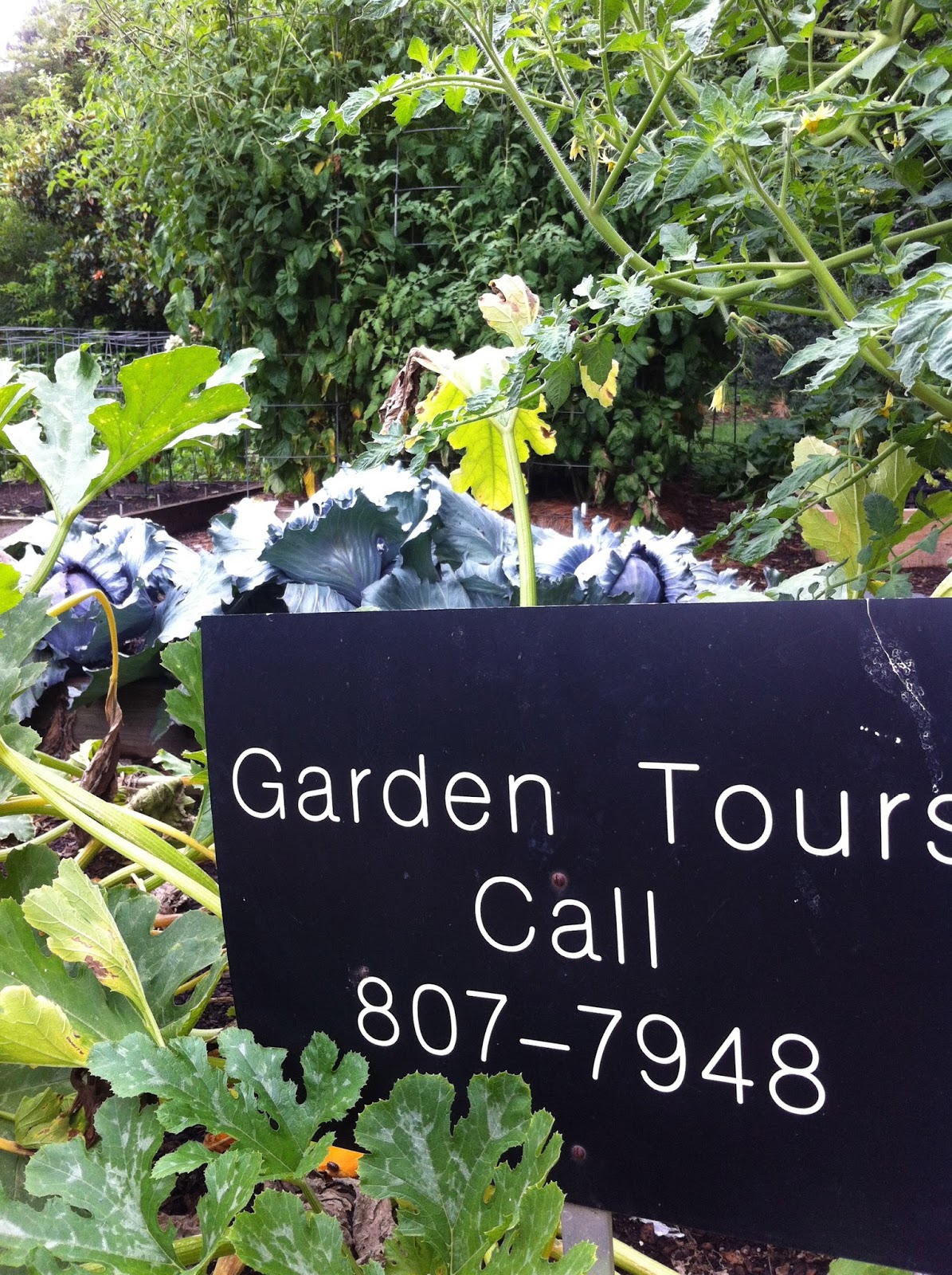One of the difficulties working in local food systems is communicating why these kinds of systems, and local food, are important. The interconnections, the convergent benefits, the local love. There are, honestly, enough benefits in local food to attract anyone to get involved, if you can angle the conversation the right way. The challenge, see, when you have so many sales points is choosing the right one for the right audience. For some people, seven colors of local carrots and ten heirloom tomatoes at the farmers market is enough reason. For others, fresh food access in chronically poor neighborhoods is the reason to push local food production and distribution. In other settings, the rationale is about public health, or economic development, or nutrient recycling and soil creation. The reason we have so many ways to hype local food is because food, especially in fresh, nutritious, whole forms, is foundational to life and to our social structures. Because food runs so deep, it connects to just about everything. So when I meet someone new, or speak to an audience that needs some of the backstory, I get to choose which parts of the local food system will get their imagination going.
But when I start talking about local food to people that already get it, the conversation goes a little deeper.
Here's the thing, really. The reason I work in local food systems is because our society is becoming more and more polarized and more and more divided. Politically, economically, culturally, racially divided. This is a huge problem that has led to diminishment of understanding, of the ability to cooperate, and the ability to govern ourselves. A great book on the subject, The Big Sort. These separations within our society are driven by many interconnected factors, and as a result of our seeking out like-minded and like-looking people, our cities have fewer places where we can honestly encounter difference, and hear others' points of view. The physical city has started to reflect our disinterest in open, democratic, public spaces by leaving them out of new developments, streetscapes, or events.
But if you believe, as do the coiners of the term the 'Open City', that we can learn to design cities and public spaces so that co-existence and multilicity are celebrated, then perhaps we have tools to work against the divisions in our society. By making places that bring people together, allow side-by-side labor or dialogue, perhaps the Open City can become a real thread in planning our places. Because allowing the media, our political machine, and marketers to steer us away from one another isn't a good choice.
So we come back to food. Growing, cooking, and eating food creates human connections. New friends are made in a community garden. Ideas are shared waiting in line at the best taco truck in the neighborhood. The smell of grilling meat in your front yard is certain to bring curious sniffers asking about your smoking technique. Neighbors are met when looking for scrap material to build a compost bin. These are the unmeasurable connections that make communities, and make places. These connections occur in an Open City, and these connections are the social capital of resilient, not divided, societies.

